MARCUS TOWNEND: BHA’s £3.2m gamble to save racing is raising more questions than answers… and is the ambitious plan drastic enough to save the sport?
The BHA yesterday unveiled a massive shake-up of the meets calendar for next year, which it hopes can at least halt the decline in interest in horse racing and hopefully reinvigorate the sport .
But the worrying question is: are the changes drastic enough to save a sport facing multiple challenges?
The key is 170 new premier meetings and established quality race days – 100 on the flat and 70 over jumps – which will benefit from better prize money to attract the best racehorses.
The theory is that these high-end meets will make it easier for fans and newcomers to the sport to see what’s best on offer amid a too-often indistinct annual meet slate of 1,500 meets.
The majority of these early meetings will take place on Saturday afternoon, but there will also be an enhanced program on Sunday, which is sorely lacking in this country.
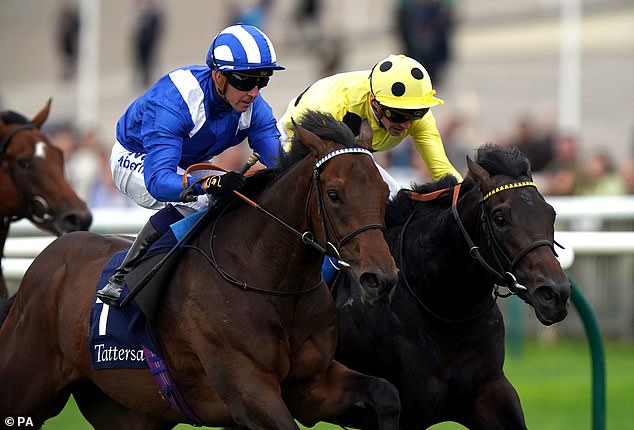
The BHA yesterday unveiled a massive shake-up of the fixtures calendar for next year.
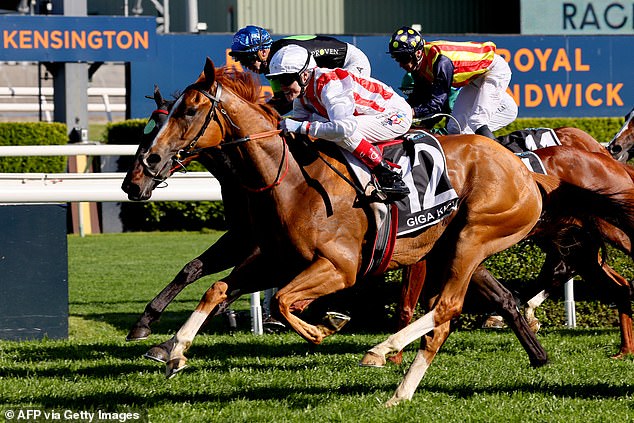
The organization hopes the new changes can at least halt the decline in interest in horse racing and hopefully reinvigorate the sport.
Saturday afternoons will be decluttered to allow the spotlight to shine even brighter on these early meetings, with only two allowed between 2 p.m. and 4 p.m. while only three meetings in total will be allowed to take place.
This led to 41 meetings having to be moved outside of that window, and howls of pain from some circuits who said they would be hit financially.
One can only speculate how well five morning meetings starting as early as 10:30 will go down with spectators and punters.
BHA chief executive Julie Harrington said yesterday the “scale of change is significant” and stressed the new dating program is a two-year trial which is part of a long-term strategy.
It is anticipated that the changes may impact attendance at meetings that change times, but broadcasting of the races will generate increased revenue through additional levies and media rights payments, while helping the races to be better told their stories and build the profile of star artists.
The need for change is obvious. Racecourses are experiencing a drop in attendance and betting turnover on this sport is falling.
The average number of horses competing in races fell last year as owners, feeling financial pressure, sold or downsized their strings and there was a depressing export treadmill of our best horses as they were sold to race in much better funded overseas racing jurisdictions.
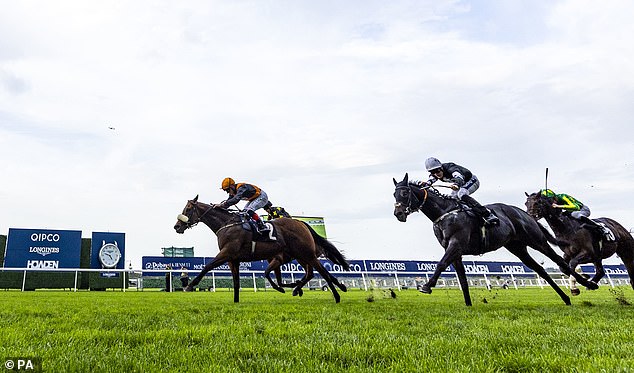
Only two meetings will be permitted between 2:00 p.m. and 4:00 p.m. on Saturday afternoon, while only three meetings in total will be permitted.
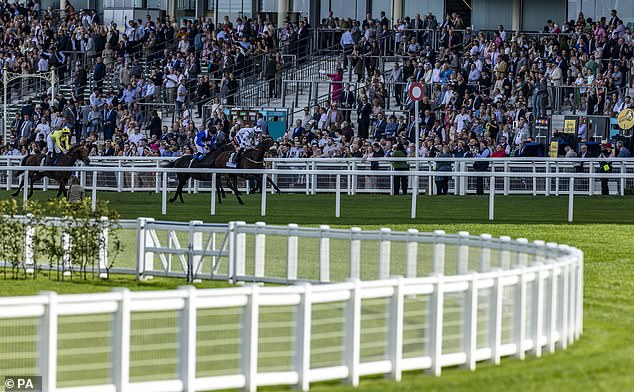
There will be 300 fewer jump races and 20 fewer jump meets next year, but the schedule remains busy.
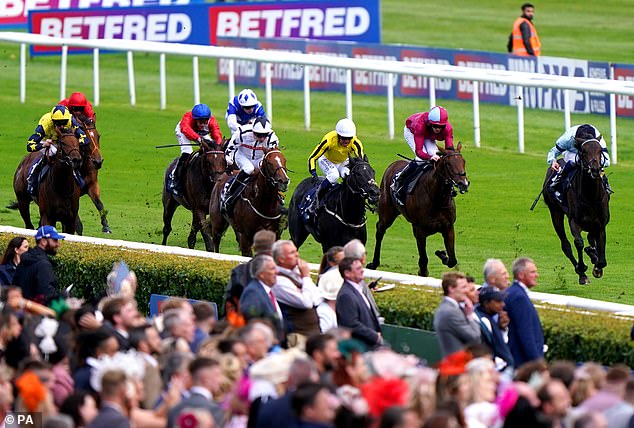
The BHA hopes that high-end fixtures will make it easier for fans and newcomers to the sport to see the best that has to offer.
To support the changes, the Horserace Betting Levy Board is contributing £3.2 million.
If the changes work, industry modeling estimates a £90m improvement to British racing’s finances over a five-year period, compared to a ‘do nothing’ scenario, in which industry revenues would continue down.
But that’s a big if. Admittedly, the BHA has yet to reveal a marketing strategy around the new propositions, meaning it’s still difficult to see how these changes will translate to new racing fans.
Speaking to high-ranking racing figures, the mood regarding the prospect of a positive result can be politely described as realistic.
It was hoped that when the planning process began, something more dramatic would emerge.
Other sports have innovated in exciting ways and produced clearly defined quality products that work, including the Premier League and T20 cricket with its colorful kits.
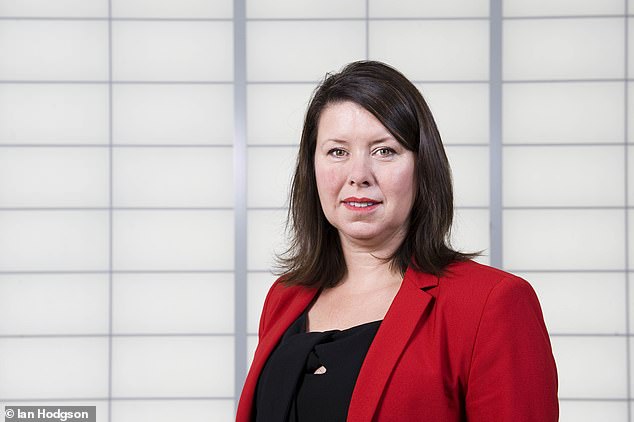
BHA chief executive Julie Harrington said the “scale of change is significant”.
Special interests in auto racing make it never seem to happen. There will be 300 fewer jump races and 20 fewer jump meets next year, but the schedule remains busy.
Harrington said: “This is the first major step in a long-term transformation plan.
“We expect the changes to generate more revenue, which will allow us to invest in other key areas, including attracting new fans and owners and increasing reward and recognition for all our participants existing.”
Racing, which could take a financial hit due to new government gambling legislation, is on a slippery slope. The sport desperately needs positive signs and hopes the changes to the schedule will work.
More glory for Fev Rover than for his namesake
There was irony in the fact that the racing career of Fev Rover, the mare so named because some of her syndicate owners were Featherstone Rovers supporters, reached new heights in Canada on Sunday evening as the he rugby league team it is named after has missed its chance. being promoted to the Super League with a surprise play-off defeat at home to the London Broncos.
Trainer Richard Fahey always insisted that Fev Rover was Group 1 class, but she never made it in the UK. It’s a different story since it was purchased for almost £730,000, a price easily justified.
Sunday night’s victory in the prestigious EP Taylor Stakes at Woodbine Racetrack in Toronto was Fev Rover’s second Group 1 of the year following the equally iconic Beverly D Stakes at Colonial Downs in August.
Add in another Group 2 award at Woodbine and the mare now trained by Mark Casse could be named Canada’s Horse of the Year. She also has a date at the Breeders’ Cup next month in California.
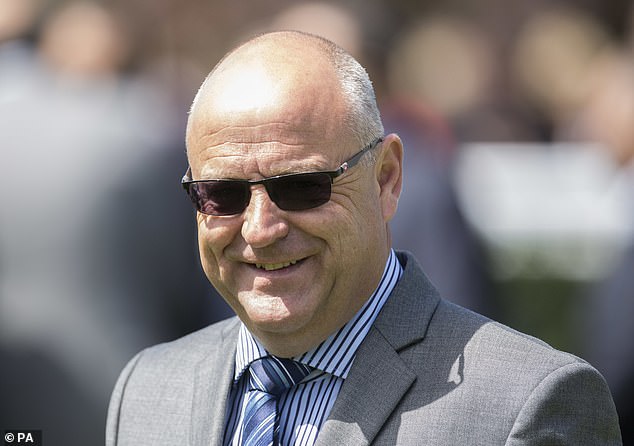
Trainer Richard Fahey’s claims that Fev Rover was Group 1 class were confirmed after she won the EP Taylor Stakes in Canada and the Beverly D Stakes at Colonial Downs in the United States.
Desert Hero to miss Melbourne Cup
The King and Queen will not have a runner in the Melbourne Cup after the decision was made not to send Desert Hero to the race.
But they could still have one eye on the outcome of the November 7 encounter given Just Fine is one of the main contenders. He is trained by Gai Waterhouse and Adrian Bott and earned his place in the Melbourne Cup with victory in the James Squire Metropolitan Handicap at Randwick, ridden by British-born Australian jockey Rachel King.
But before being sold for £300,000 last October, Just Fine was trained by Sir Michael Stoute. He first raced for the late Queen Elizabeth II and when his rope was inherited by King Charles, the gelding won at Leicester to enter the record books.
Jockey icons go under the hammer
We celebrated Frankie Dettori’s achievements before his retirement, but at a sale at the National Horse Racing Museum next Monday, memorabilia linked to three jockey icons – Lester Piggott, Pat Eddery and Fred Archer – will be auctioned.
Estimates for the sale, held in association with Graham Budd Auctions and Weatherbys, are in excess of £350,000. The Piggott collection consists of lots relating to the life and career of the jockey.
Notable pieces include his 1990 Breeders Cup trophy, which he won at the age of 54 at the Royal Academy, just days after retiring.
There are scrapbooks compiled by Piggott from his first race, won when he was just 12, and a set of scrapbooks created from the 1950s to the 1980s – a memoir for arguably the one of the best flat racing jockeys of all time.
